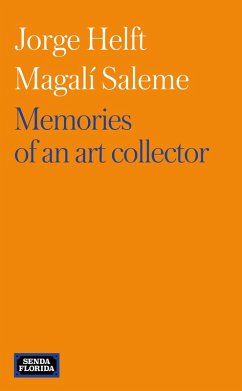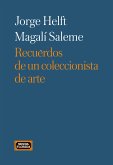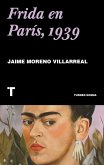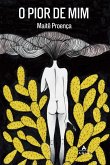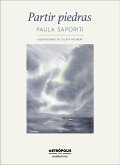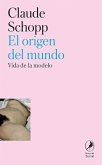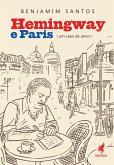Memories of an Art Collector arises from the need to gather, organise and disseminate the experience, memories and reflections of Jorge Helft as a collector of contemporary art, manager and promoter of cultural activities, and as a privileged witness of the national art scene since the late 1940s. Different aspects of his rich background are revealed in the intergenerational dialogue he establishes with the co-author, in which he reviews his main collections, his interest in and support for fundamental Argentine artists -such as Grete Stern, Antonio Berni, Líbero Badii, Clorindo Testa, Alberto Heredia, Edgardo A. Vigo, Jorge de la Vega, Alberto Greco, Juan Carlos Distéfano, Víctor Grippo, Pablo Suárez, Liliana Porter, Graciela Sacco and Guillermo Kuitca- and his close ties with other collectors, managers, key players and personalities from the international art scene over the course of four decades. The book is aimed at anyone interested in the behind-the-scenes of art management and art collecting in the last century. The reader will find here a fluid, personal and entertaining narrative that weaves anecdotes, memories and thoughts into a valuable testimony.
Dieser Download kann aus rechtlichen Gründen nur mit Rechnungsadresse in A, B, BG, CY, CZ, D, DK, EW, E, FIN, F, GR, H, IRL, I, LT, L, LR, M, NL, PL, P, R, S, SLO, SK ausgeliefert werden.

